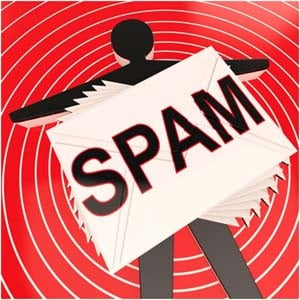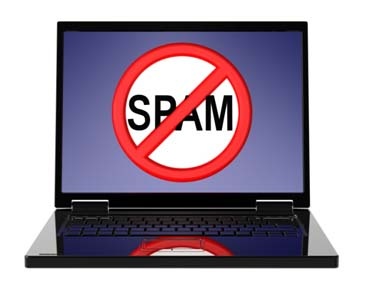
8 Feasible Instagram Marketing Strategies For You To Get Started
September 22, 2015
The 8 Rules Of Optimizing Your Article For SEO
September 30, 2015Email is big. Really big.
Did you know marketers sent out over 838 billion emails in 2013 alone? That’s more than 100 times of the world’s total population. Isn’t that astounding?
Email marketing in Singapore has defied countless predictions of its impending death in the face of social media marketing’s growing popularity.
Email marketing is a powerful tool in an Inbound marketer’s arsenal for sales lead generation. Compared to other marketing techniques, it drives better return on investment (ROI) and customer engagement. According to HubSpot Singapore, 74% of consumers prefer to receive commercial communications through email. 66% of consumers have also made a purchase online as a result of an email marketing message.
Email marketing also performs well on another emerging platform—mobile devices. Mobile email accounts for 15-70% of email opens, depending on target audience, product and email type.
Email is not dead, but like any other marketing tool, email can also backfire if not used correctly.
Email marketing has often been mistaken or used for spam. Laws against spam were enacted in several countries like the Spam Control Act in Singapore and the CAN-SPAM act in the US. Knowing the difference between spam emails and opt-in emails can affect whether your emails get through spam filters.

What is Spam?
“But wait”, you may be thinking. “I’m not trying to phish information or send out inappropriate messages. Do my marketing emails look like spam?”
If you are sending a batch of emails promoting your latest products to people who never asked to receive them from you, you are most definitely sending spam.
Email spam is any email that meets the following 3 criteria:
- Anonymity: Address and identity of the sender is concealed
- Mass mailing: The email was sent to large groups of people
- Unsolicited: The email is not requested by the recipients
These issues are even more apparent when you rely on purchased email lists for your email marketing. People on such lists don’t know who you are and have not opted in to receive your emails organically.

Why Is Spam Bad?
Spam damages your business’s reputation when you consistently blast out emails to people who never asked to receive them.
People who see such emails in their inbox will either mark it as spam or delete it. Your company may also get hordes of complaints from people for wasting their time opening your unsolicited emails. This gets you into trouble with Internet Service Providers and can get your email and IP addresses blacklisted. Or worse still, you could get jailed for it.
The truth is spamming mass emails to an email list is an inefficient use of your time and resources. People are wising up to spam emails. The share of spam in email traffic has been steadily decreasing over the years.

How To Prevent Your Emails From Being Classified As Spam
1. Opt-in Email Subscription
Allowing your prospects to opt-in your email marketing campaigns can minimise the issues surrounding spam marketing. Obtaining consent from leads to receive email communication from your company ensures your marketing messages get into the inboxes of the people who want to see them.
There are a myriad of advantages for B2B lead generation to this approach, including:
- Protect your company’s reputation
- Build healthy relationships with customers
- Provide targeted and personalised messages to prospects who are interested in your company
- More effective use of your marketing time and resources
An opt-in email strategy ensures you generate the most qualified and interested leads from your email campaigns.
2. Double Opt-In Email Subscription
If single opt-in is good, double opt-in is arguably more effective for qualified sales lead generation.
In double opt-in, which is a misnomer, potential subscribers need to confirm their subscription request after filling in their names and e-mail addresses on the landing page. While this makes your potential subscriber do more work initially and can reduce the number of subscribers, it ensures your subscribers want to subscribe to the list. With double-opt in, you can attract higher quality and more targeted sales leads.
A double opt-in procedure also protects your email list. If this second layer of protection is not available, anyone can enter any email address to sign-up another person. This worsens the quality of your email list and makes it vulnerable to spam bots. Using a double opt-in approach, you ensure the quality of your email list remains high and reduce its decay rate.
Why would visitors want to subscribe to your list? Because you provide valuable content that solves your visitors’ problems. Your expertise in a subject matter and your ability to address your visitors’ concerns will attract them to your website. Thus, acquiring email subscribers organically through consistent content creation is a viable long-term strategy. This allows for more targeted marketing messages to be sent out and minimises ‘report as spam’ complaints from your subscribers.
{{cta(‘e1ae3ca5-1611-4bdc-8228-076d0a897544’)}}


